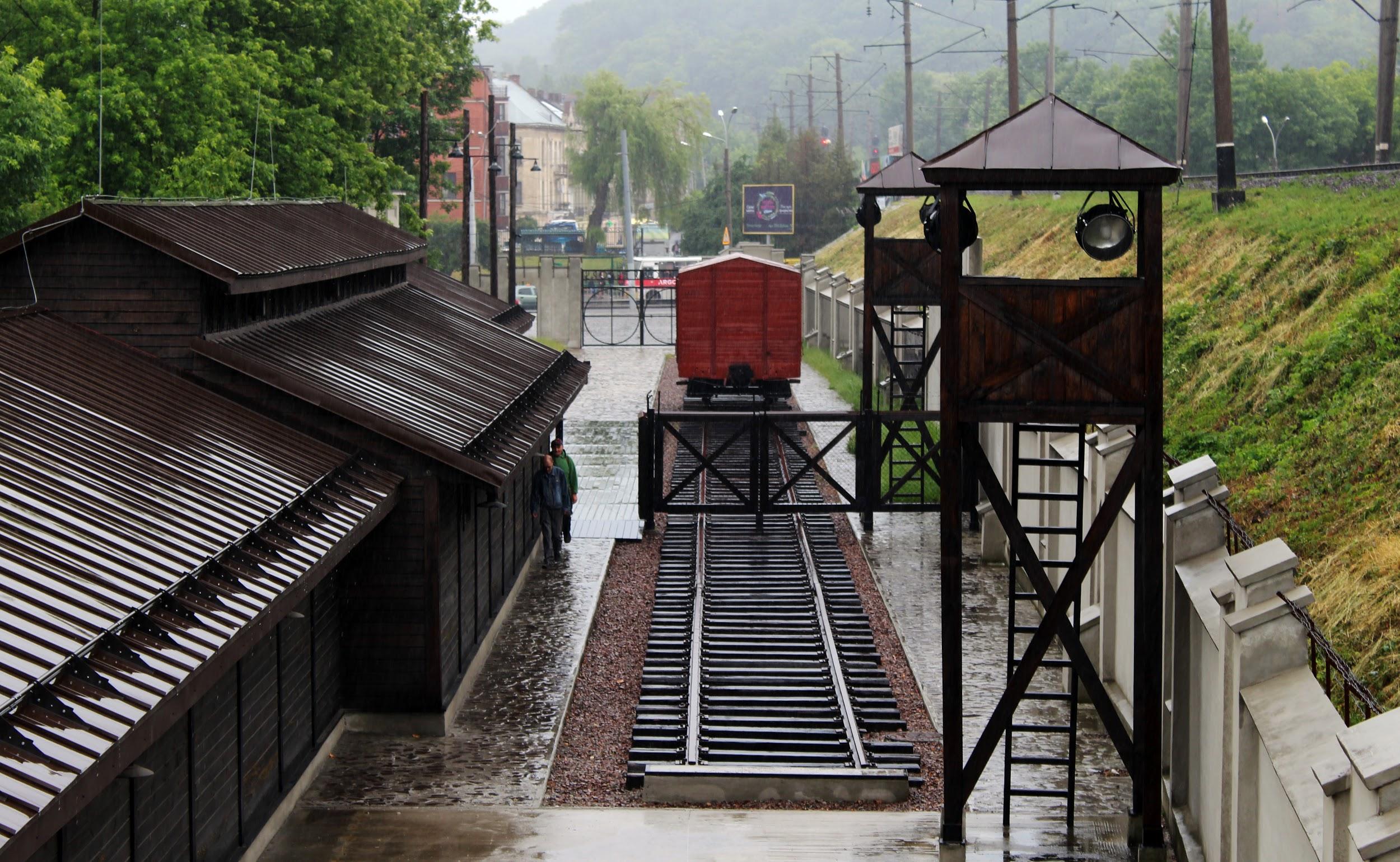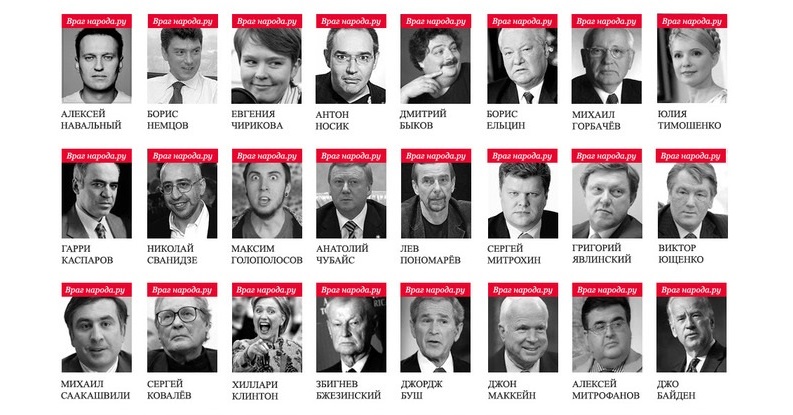The “Territory of Terror” memorial museum in the western-Ukrainian city of Lviv is located in a place that experienced the horrors of both German Nazi and Soviet Communist regimes. The Lviv ghetto existed here during the German occupation of the city from 1941 to 1944, then giving way to the Soviet transit prison #25 (1944-1955).
After WWI, Ukraine was torn up between different countries; Galicia, including Lviv, belonged to Poland. In 1939, Soviet troops entered Lviv as a part of the Molotov-Ribbentrop pact. However, this postponed the start of World War II in Western Ukraine for only two years, until Nazi Germany attacked the USSR in 1941. Then, the Lviv ghetto was formed.
The Lviv ghetto was the third largest in Europe, surpassed only by the Warsaw and Łódź ghettos (Poland), and the largest one on the territory of the former USSR. According to historians, at least 136,000 local Jews were murdered here, which accounted to one-third of the Lviv population as of 1939.
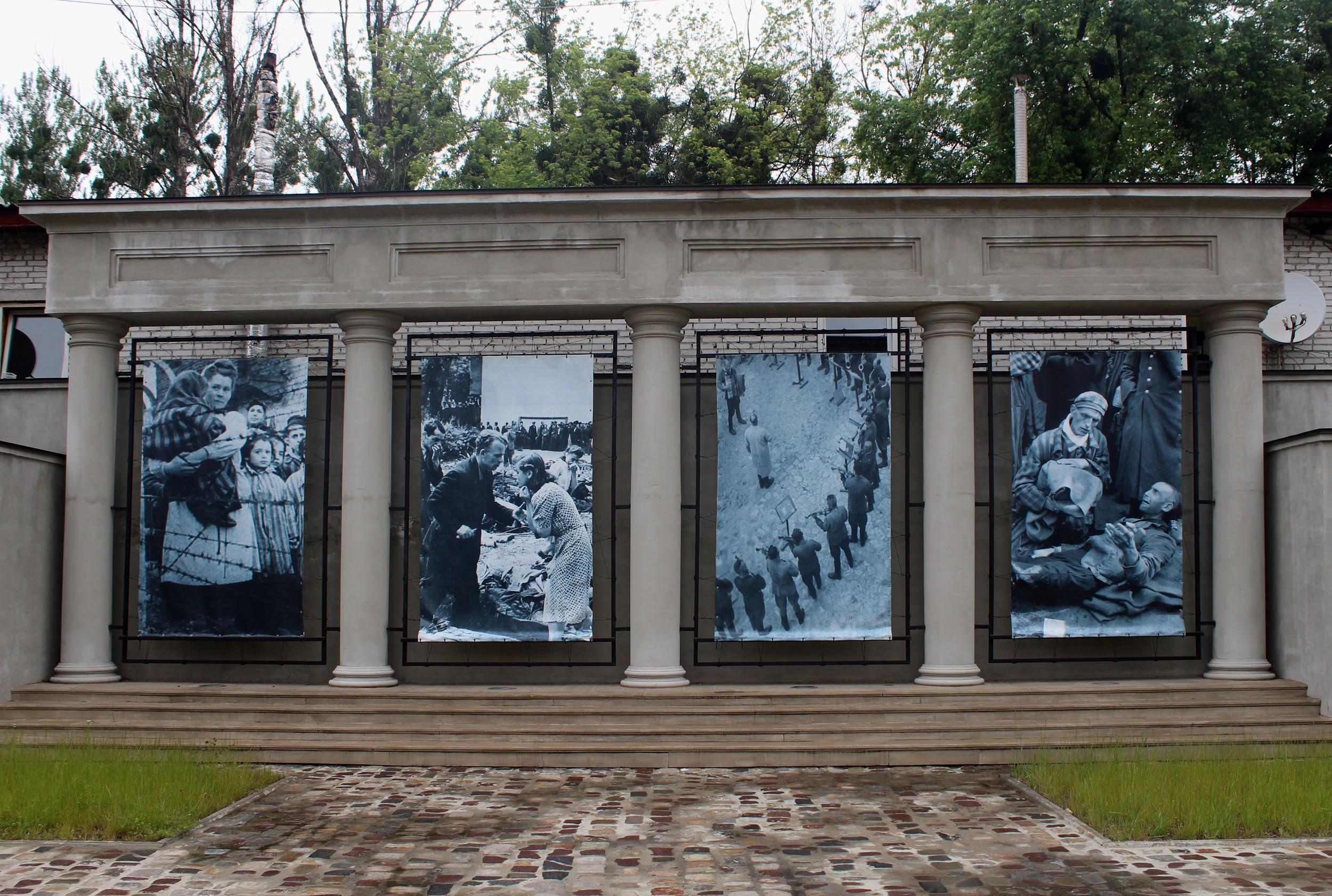
1 and 4 – photos from the Nazi death camps (not in Lviv)
2 – the yard of the Lontskyi Prison (Lviv) where NKVD agents shot hundreds of prisoners in June 1941. People are searching for their relatives
3 – “Tango of Death” – the orchestra of the Yaniv concentration camp (Lviv)
These outdoor posters are seen from the windows of trains running just in front of the museum in both the eastern and western directions.
After the German army was pushed out of the territory of Western Ukraine in 1944, Lviv once again passed under Soviet rule. The new administration immediately turned the former ghetto into the 25th transit prison.
The total number of the jail’s prisoners is unknown yet since the archives of the USSR repressive bodies had been classified in Ukraine until the adoption of decommunization law in 2015.
Read also: Ukrainians discover stories of repressed relatives in newly opened KGB archives
Research of the archives is still ongoing, but preliminary calculations show that 500,000 people disloyal to the Soviet regime had gone through the jail over the decade of its existence. Among the prisoners, there were fighters of the Ukrainian armed resistance, intellectuals, priests, women, and children. Inside prison #25, they waited to be transported to the Gulag camps deep in Siberia, but many of them were killed before this could take place.
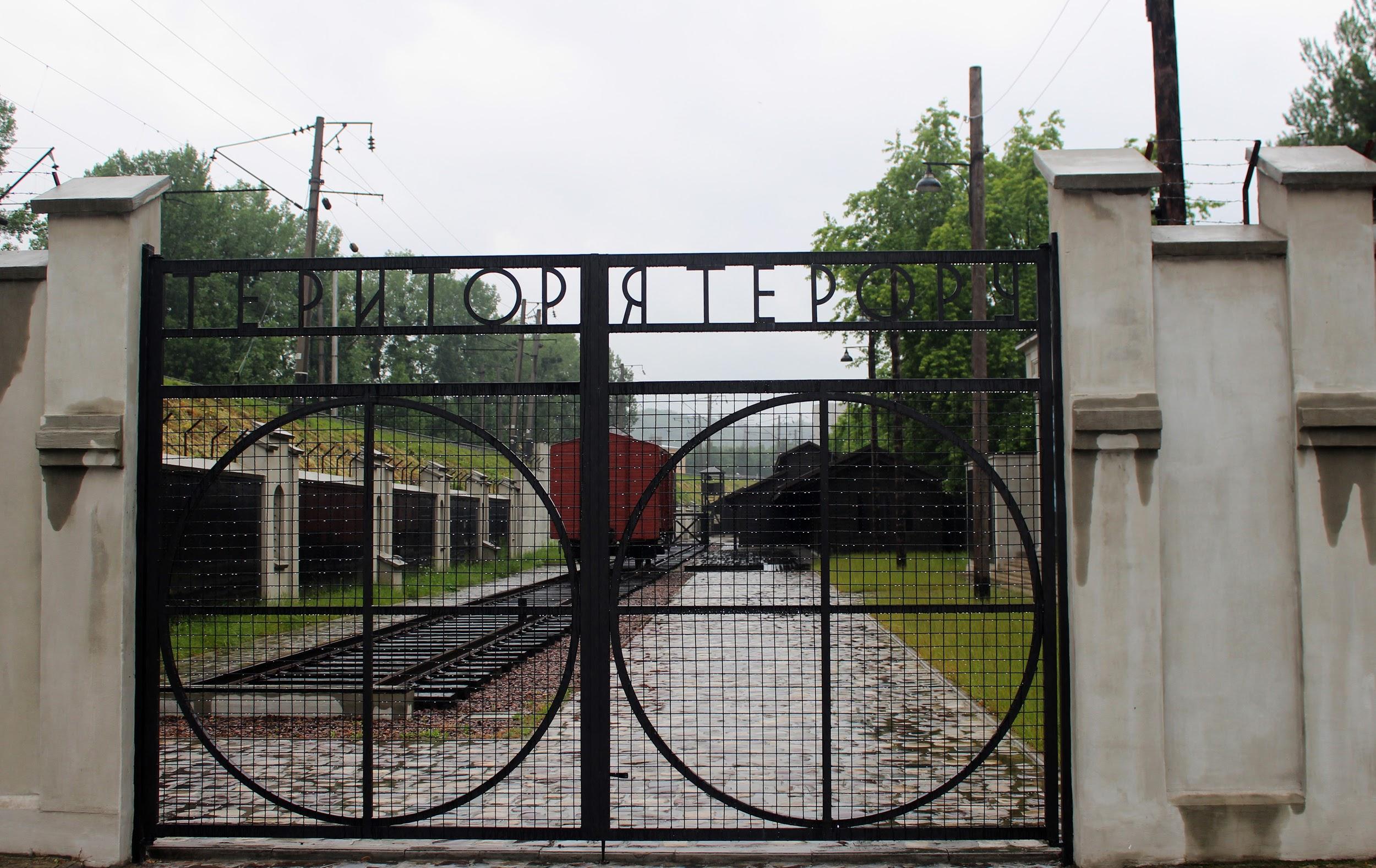
In 2011, the Department of Culture of the Lviv City Council decided to set up a memorial in the place of the former Lviv ghetto and transit prison. The idea was to create an interactive cultural space where people could reflect on the crimes of totalitarian regimes, no matter if they were caused by Nazism or communism. Though some works are still in progress, the museum opened its doors to the public in June 2017.
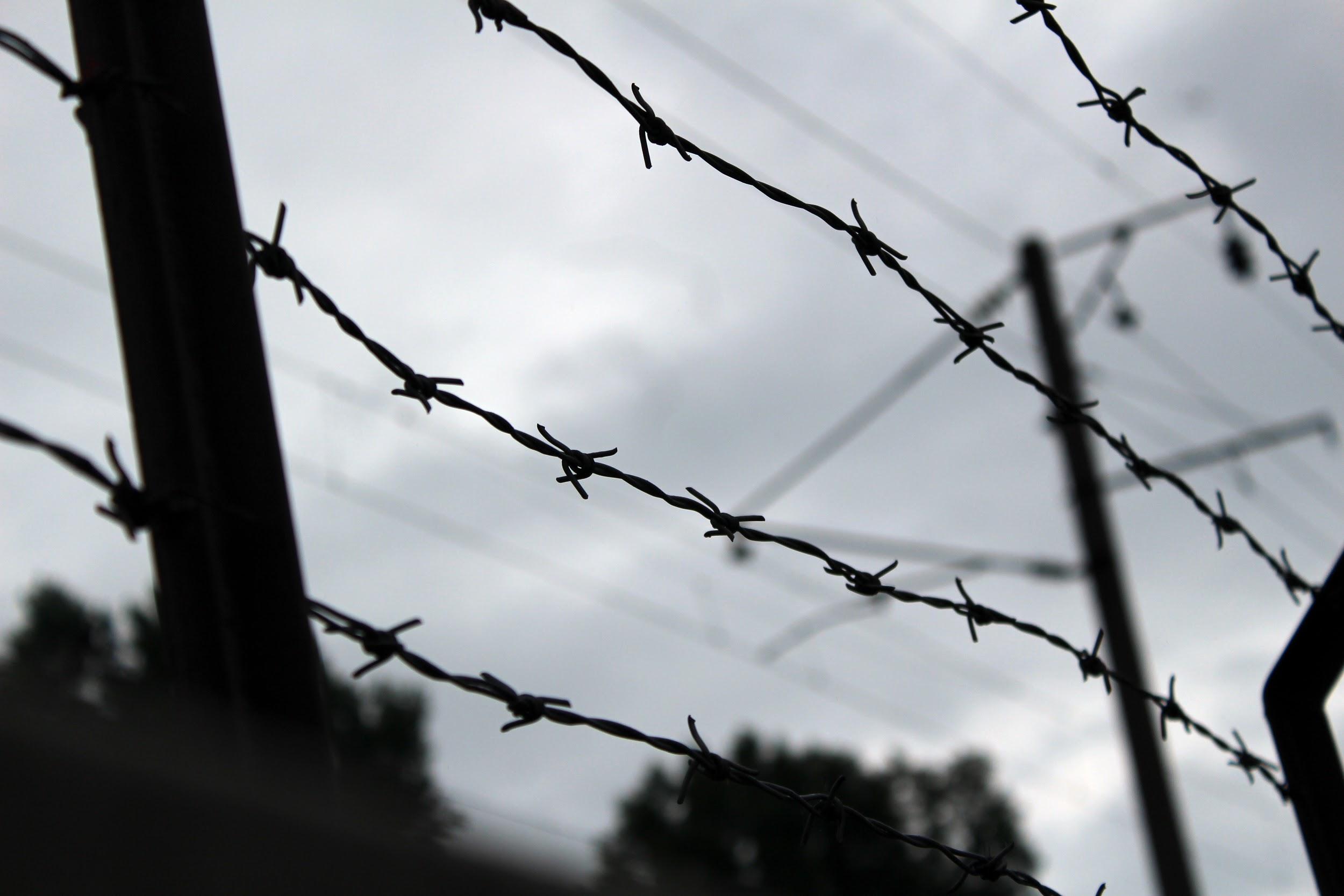
The guests of the “Territory of Terror” museum have a chance to experience how the atmosphere in Lviv changed as the Soviet and Nazi administrations succeeded each other.
First, the visitors enter the room dedicated to pre-war Lviv, with authentic furniture and an old receiver playing hits of the 30’s. The mood of calmness immediately disappears as one passes to the next stop which is the office of the military commander with maps and totalitarian symbols. Another room replicates the conditions of a Soviet-period prison cell. There, in the cement chambers, guests can lie on the cold hard bunks and put themselves in the prisoners’ shoes.
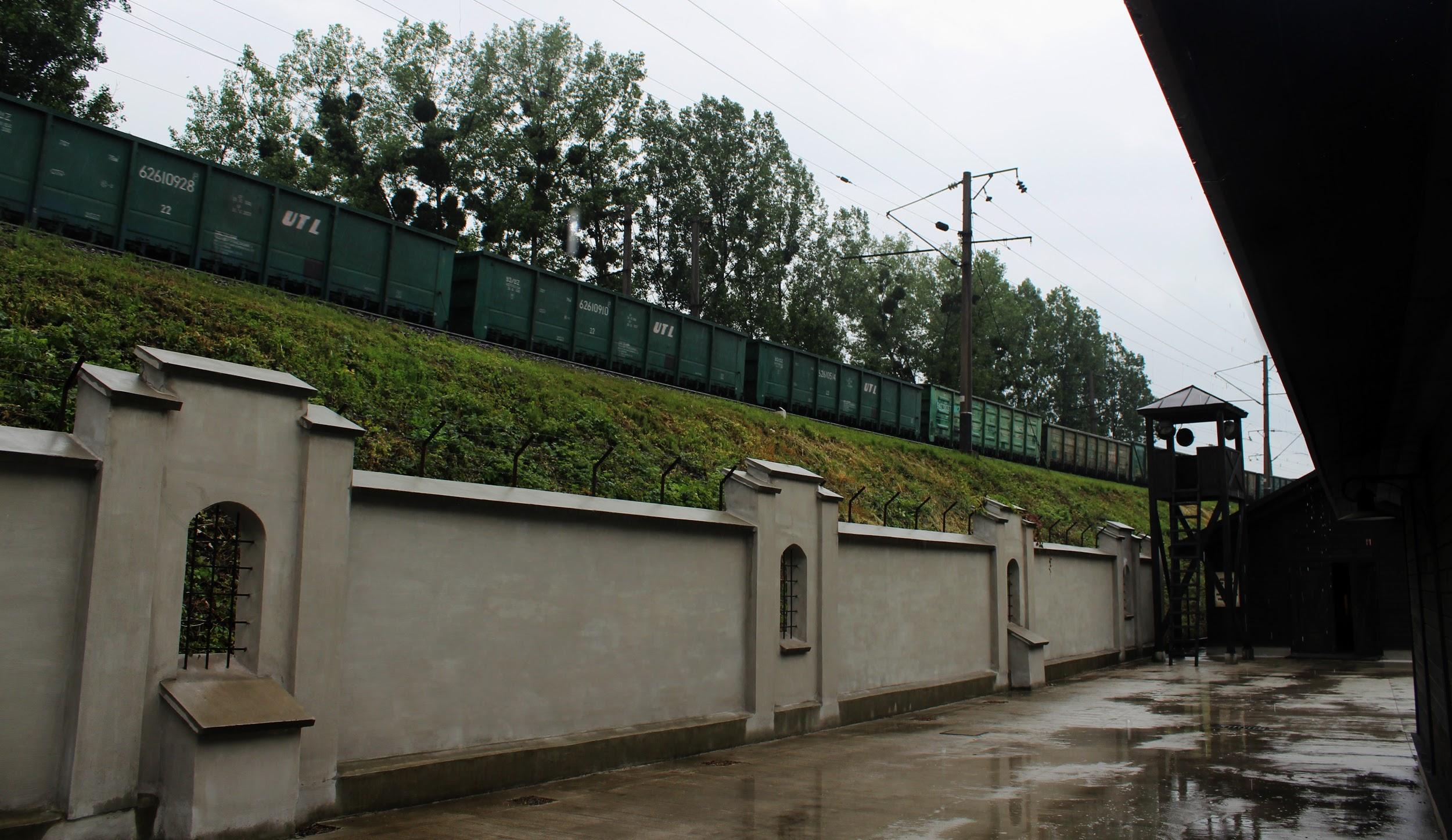
Apart from the permanent exposition, the museum staff plans to host temporary thematic exhibitions. The first one, representing Soviet anti-religious propaganda, is now available for viewing.
“Territory of Terror” also intends to conduct public lectures, presentations, and film screening at least twice a month. The museum founders say it is a way of involving people in a frank discussion about sensitive issues.
“We realize there are no easy topics when we talk about totalitarianism, so from the very beginning, we aimed to be open to an inclusive and respectful dialogue. Our museum is also quite interactive. Touching, taking photos, leafing through printed materials on exhibit is all allowed,” told Andriy Shymanski, a research fellow at the museum.
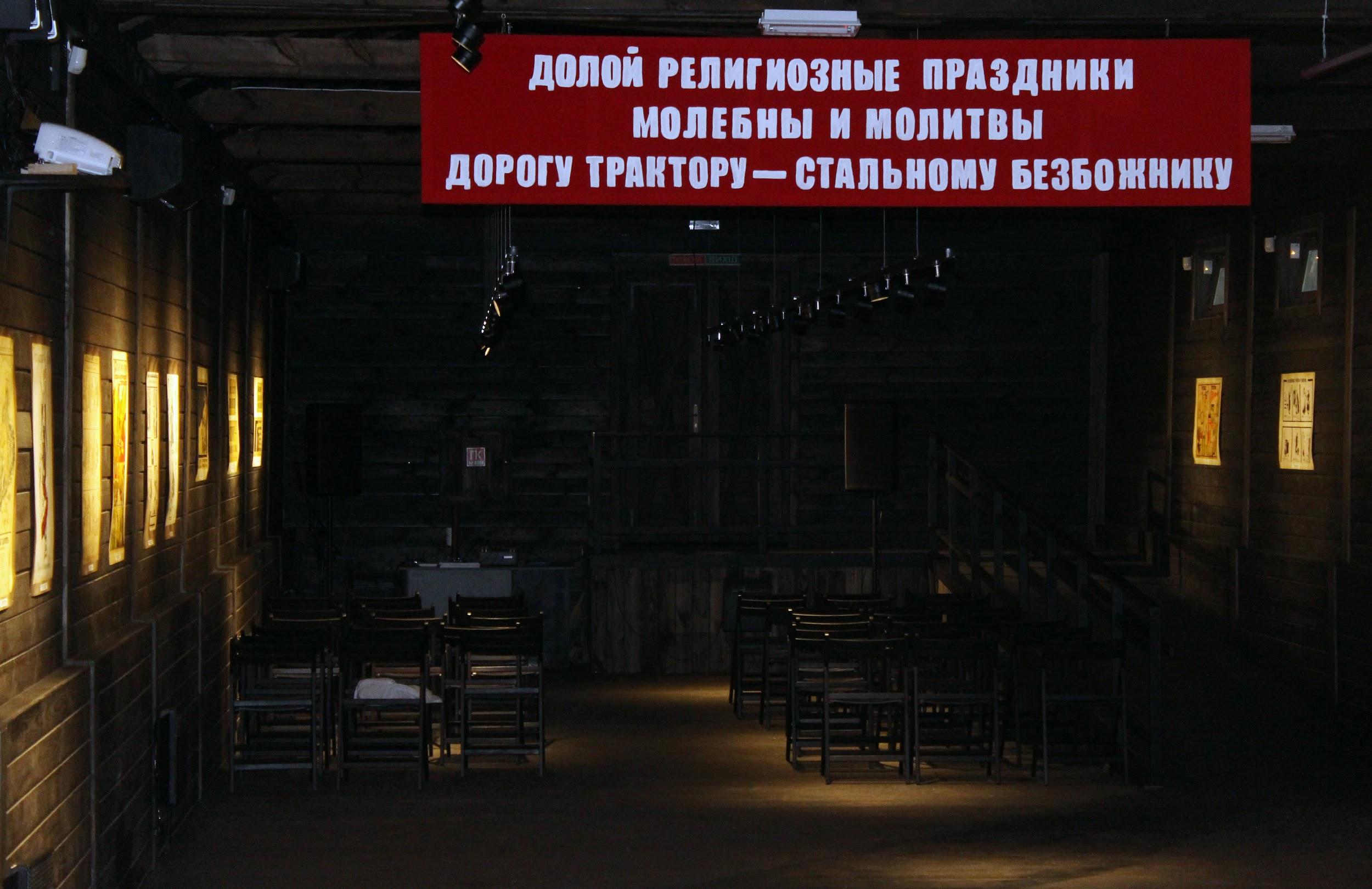
Another important feature of the museum is its website. It had been launched long before the “Territory of Terror” opened on the ground. For now, it contains numerous archive data as well as scientific articles on totalitarianism issues written by research fellows of the museum. Some of the content is available in English.
Since the museum’s database is growing, there are plans to establish multimedia stations in the yard of the memorial. With their help, visitors will be able to find information about the relatives and acquaintances whose fates were connected with the Lviv ghetto or the jail #25. The museum’s staff emphasize that their materials may be useful for the scientists as well.
“Together with other similar institutions, the “Territory of Terror” makes Lviv an important destination for scholars whose domain is totalitarian regimes in Eastern Europe. For example, the Memorial Museum of Victims of Occupation Regimes “Lontskyi Prison” studies the same period as we do, while the Center for Urban History of East Central Europe has very strong Jewish studios, and it is all in one city,” says Anna Shymanska, the head of the information and education department of museum.
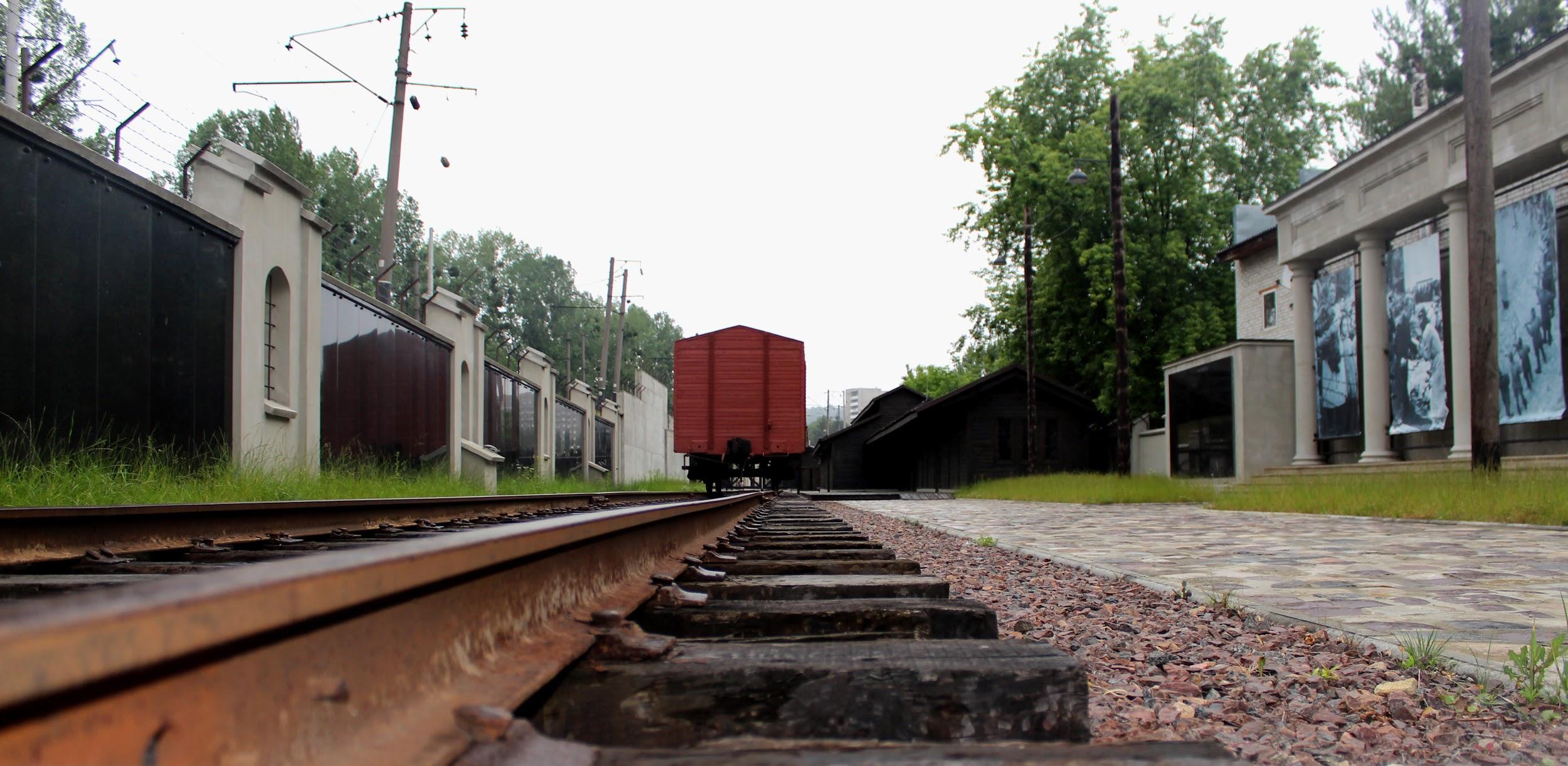
Some scholars have already benefited from the cooperation with the museum.
Here is a testimonial from historian, anthropologist and the President of Ukrainian Association of Researchers Women's History Oksana Kis
(photo: Tvoemisto.tv)

In 2012, I reached out to the “Territory of Terror” museum to get access to their archive of video interviews featuring female political prisoners. I was looking for women's memories about their stay in Soviet prisons and camps. The museum kindly provided me with not only videos but also the transcripts of the interviews which allowed me to study the evidence at a convenient time. I used this material in my book “The Ukrainian women in Gulag: surviving means winning” (forthcoming).
My impressions from cooperation with the museum are very positive. The staff is professional, all the sources are well-organized. I am going to continue my cooperation with the museum and have already recommended it to my сolleagues.”
[hr]
All photos are by the author
Read also:
- Difficult choice for Ukraine as identities of KGB agents finally come to light
- Ukrainians discover stories of repressed relatives in newly opened KGB archives
- Series of events in London will mark centenary of Ukrainian Revolution of 1917
- Symbolic expansion: how Putin annexes history, not only territories
- 80 years ago, Stalin’s NKVD began to arrest and shoot the deaf and dumb
- Crimean Tatars find new home in traditional Lviv
- Historical documents detailing Vistula operation to deport 150,000 Polish Ukrainians now online
- Museum of Soviet monumental propaganda to open in Kyiv in fall of 2017
- Haytarma: the film about Stalin’s deportation of the Crimean Tatars Russia doesn’t want you to see | Watch online
- The Soviet foundations of Russia’s Great Patriotic War myth
- “Russian history competition turns schoolchildren into extremists,” Russian historians are told
- Remains of executed victims found in Lviv’s Prison on Lontskoho Museum
- Jewish Quarter in Lviv crumbling before our eyes…

